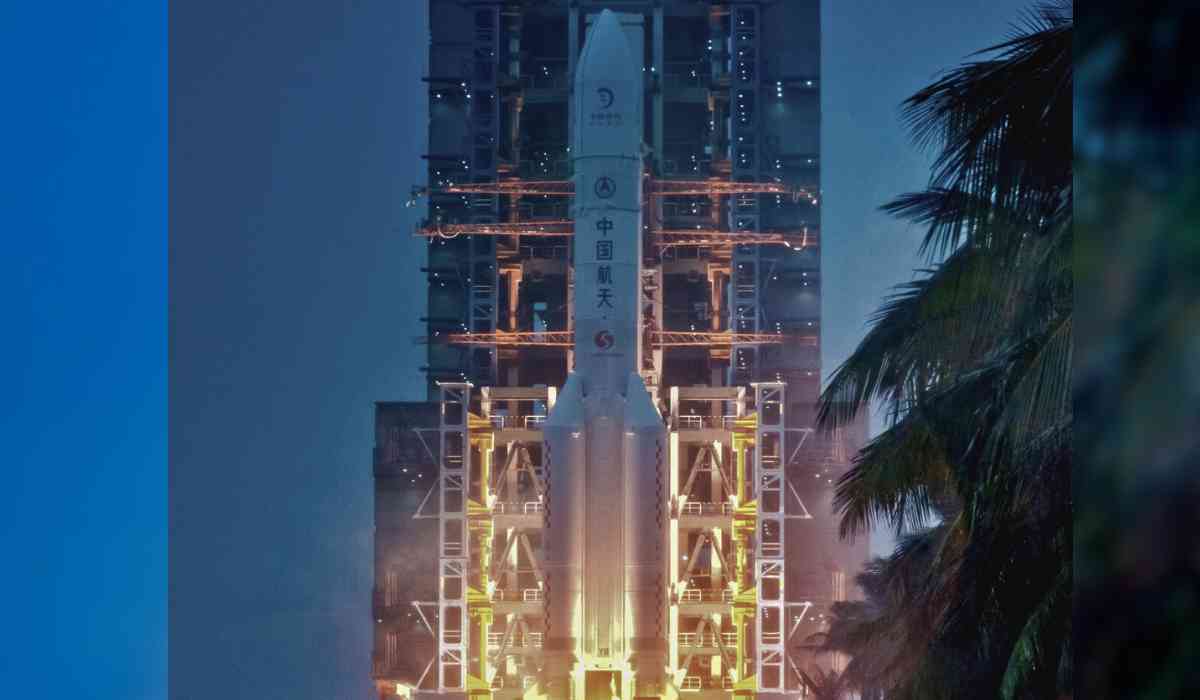For years, researchers have been intrigued by the mysterious world on the other side of the moon, which is turned away from Earth. In a new era of exploration, May 3, 2024, will see the launch of China's Chang'e-6 mission, shaping the understanding of this new world and looking to return the first-ever samples from the other side of the moon.
A Celestial Enigma: The Allure of the Far Side
It is this far side that is forever locked into a perpetual dance with Earth and never seen directly. These two sides have led to very different geological phenomena. The far side has a thicker crust, is much more heavily cratered, and has huge, ancient lava plains. Understanding these features is key to unlocking the secrets of how the moon formed and evolved.
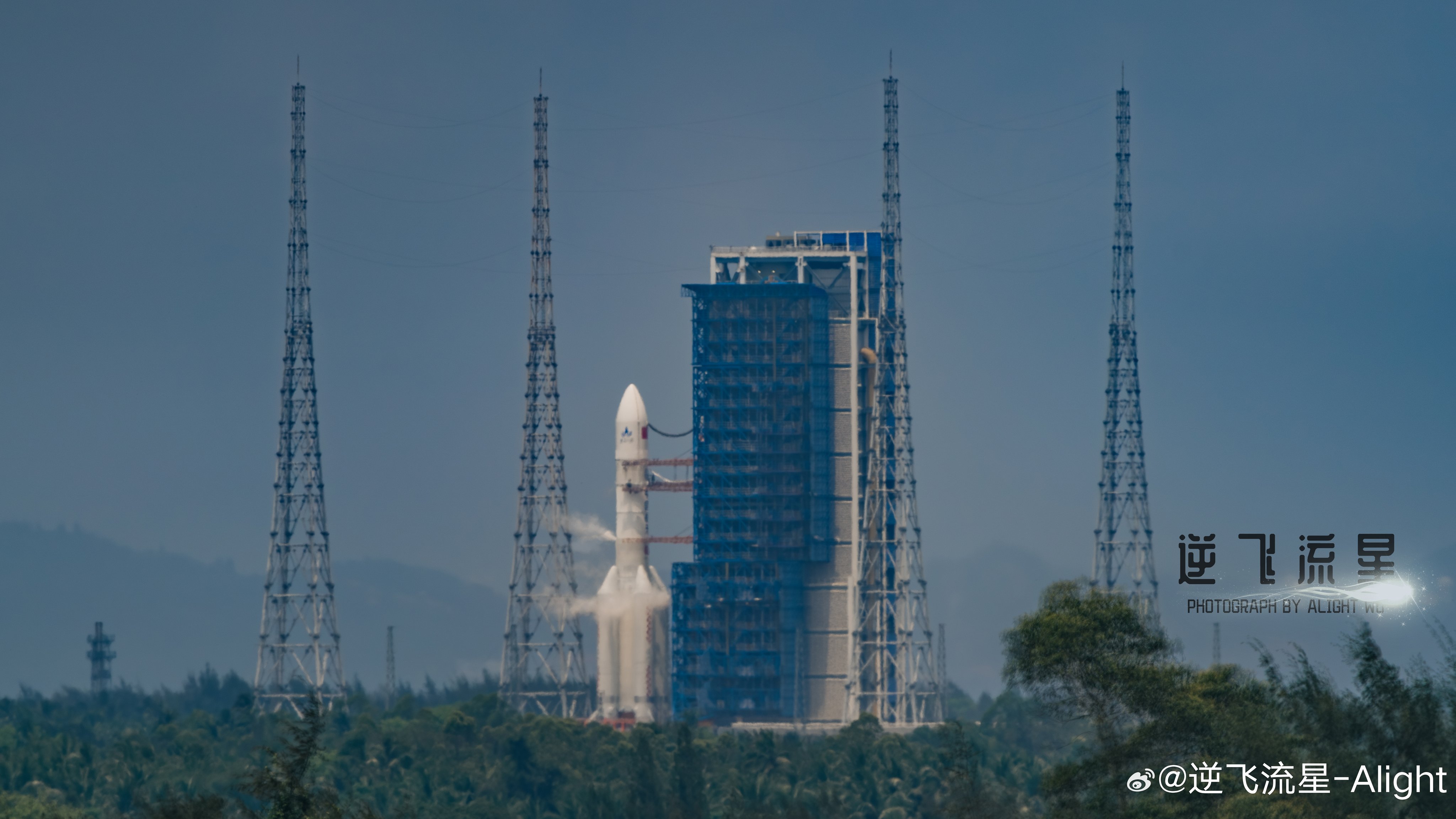
Chang'e-6: A Close-up
Chang'e 6 is another spectacle of Chinese engineering, being a four-part spacecraft intended for a 53-day lunar odyssey. This includes an orbiter, a lander, an ascending vehicle, and a re-entry capsule. It will focus on the South Pole-Aitken Basin, the largest basin of impact in the whole solar system, and will retrieve samples from the mantle of the moon for the first time.
Touch the Moon Mantle: Unlocking the Mysteries of the Moon
After touchdown, Chang'e-6 will make use of a drill and robotic arms to collect the regolith and rocks of the moon. Then, these valuable samples will be transferred to the ascent vehicle and launched back to the orbiting module. Once on board, the samples will return to Earth for the eager scientists awaiting them.
Analysing the composition of these samples, particularly of the lunar mantle, would expose the origin of the moon, its volcanic history, and possibly a linkage with Earth.

Samples brought back by the Chang'e 5 probe. PC: CNSA
A Lunar Rendezvous
Both the Chang'e-6 mission from China and the Chandrayaan-4 mission from India are large milestones in lunar exploration. While Chang'e-6 will target the far side, Chandrayaan-4 will target the south pole of the moon, representing a global drive for the unravelling of the moon's mystery. These are different countries with missions, but the similarity is that curiosity is a unifying force and collaboration is the propelling vehicle in the mission to explore space.
Looking Forward: A Lunar Future Awaits
Besides, China is set to further its efforts in lunar exploration. The Chang'e-7 mission in 2026 will further work on revealing the secrets of the lunar south pole, focusing on the water ice deposits and other volatile elements. These are believed to change the way we view the moon and its resources.
The Chang'e-6 Mission: Implications and Inspirations for ISRO
Chang'e-6 has spoken volumes with this successful launch and ambitious goals for the future of lunar exploration. ISRO watches this historic mission unfold and is all set to gain important learnings that could impact its future endeavours.
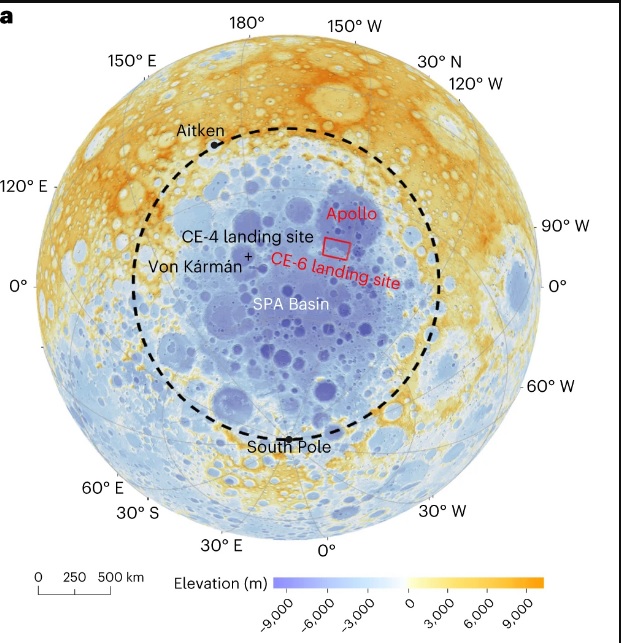
A Statistical Glimpse into the Achievements of ISRO
It is indeed a fact that ISRO is making long strides in space exploration through a series of successful missions, which have largely enhanced its standing on the world stage. What made news headlines this year was the successful moon landing by Chandrayaan-3, signifying the giant leap in the Indian Lunar Programme, particularly in the year 2023. Below are some of the key stats reflecting the journey of ISRO so far:
- Launches: Some seven big missions of ISRO have been discussed this year, with one of the most talked about being the lunar probe Chandrayaan-3.
- Satellites: The organisation has launched a range of satellites for Earth observation, communication, and navigation to add even further to India's footprint in space.
- Budget: Over the years, the budget of ISRO has gradually increased, allowing for more ambitious projects and technological development.
_1714994360.png)
Chang'e-6 and the Domino Effect on ISRO
It would act as a catalyst for the success of the Chang'e-6 mission and success for ISRO in the following manner:
- Technological Benchmarking: Thus, the Chang'e-6 mission will be a benchmark of technological excellence and innovation for lunar missions.
- Strategic Growth: The vision stresses the strategic need for a base on the Moon, which can go a long way in providing the motivation to ISRO towards a faster growth of its strategic and more potent lunar exploration programme.
- Collaborative Opportunities: The international payload hosting on Chang'e-6 might just bring ISRO in line, pursuing such opportunities to build scientific and technological capabilities.
- Policy and Investment: If this success by Chang'e-6 becomes evident, then Indian policymakers may be encouraged to invest greater funds in the agency to embark on missions to space that are not only more frequent but also more complex.
A Synergistic Future
Apart from furthering China's lunar aspirations, Chang'e-6 will be an inspirational mission for ISRO. Further, building upon the learning curve and the success of Chang'e-6, ISRO shall be further entrenched as a big player in space exploration, driving technological advancements and international cooperation.
_1714995127.png)
Bridging the Gap: A Tale of Two Spacefaring Nations
India and China may have a common interest in unravelling the secrets of the moon, but their space programmes do have distinct characteristics:
Similarities:
1. Emphasis on Space Technology: The countries of India and China place the utmost emphasis on space exploration for national development.
2. Martian Ambitions: Both countries have victoriously sent missions to Mars, in what has come to symbolise their increasing dominance of the solar system.
3. Spacefaring Achievements: Both nations have been at the top of their game in terms of spacefaring achievements, which in turn speaks for both nations' dedication towards scientific advancement.
Differences:
1. Civilian vs. Military Focus:The approach of ISRO towards India's space programme retains a civilian orientation, founded upon scientific research and its applications to society. In contrast, China's space programme has a large military component that runs alongside its civilian CNSA.
2. Budgetary Disparity: The budget of China's space programme is grossly high in comparison to that of India. That monetary advantage allows China to take on more ambitious and frequent space missions.
3. Technological Autonomy: China develops its space technology as quite autonomous; even though India has collaborated with other nations on certain projects, it is striving hard to have technological autonomy.
4. Human Spaceflight Programmes: China has a mature human spaceflight programme with successful crewed missions and space ions. India is yet to launch its first human space mission and is in the preparatory stages.
5. Lunar Exploration Trajectory: China's lunar programme has been more sustained and advanced than that of India. Chang'e-6 is just another in a series of examples of China's consistent efforts in lunar exploration, unlike India's Chandrayaan missions, which are discrete.
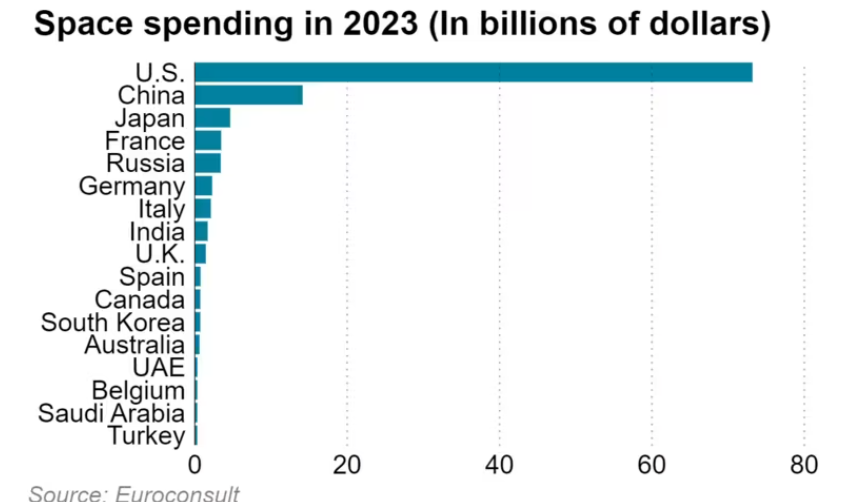
How to Evolve Together: Creating a Common Vision
It began with the collaboration of the Soviet Union on the space programme. Over a period, the development of indigenous capabilities for much of its space and defence work was transitioned through the space and defence agencies ISRO and DSA. This has resulted in certain big milestones, such as the development of anti-satellite technology and having a vibrant start-up ecosystem for space technologies.
Space Vision of India
1. Space Tourism: ISRO hopes for space tourism to become a viable commercial operation, and thus, it likely presents a special view of our own planet.
2. Global Space Data Solutions: India seeks to be at the forefront of providing global space-based data solutions in the areas of agriculture, disaster management, and navigation.
3. Space Manufacturing Hub: India will develop as a space manufacturing hub using space's unique microgravity environment to foster research and production innovations.
4. ISRO Space Station: The long-term vision of ISRO is to have full-fledged, operational space stations that will foster international collaboration and scientific research in space.
5. Strategic Asset Development: India realises the strategic importance of space, and thus the aim is to develop space-based assets for national security and resource management.
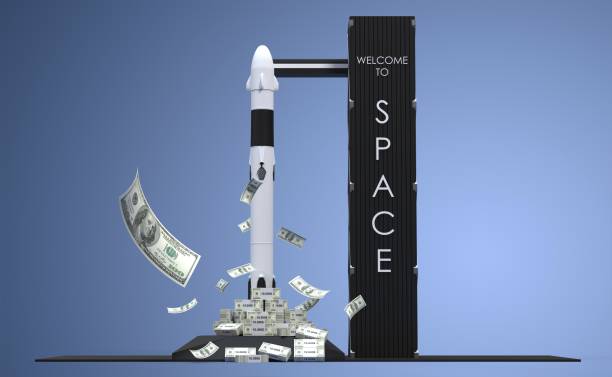
China's Space Trajectory
The Journey from Humble Beginnings to Lunar dominance, a Chinese space program found its first support in the Soviet Union. By single-mindedness of purpose, it has now built a strong indigenous base in space technology. This has resulted in extraordinary achievements, including a series of successful satellite launches, crewed space missions, and the development of sophisticated military space capabilities.
China's Current Goals in Space:
1. Lunar Exploration: China has been all along making efforts in an exploration of the moon through missions like Chang'e-6. Next year, 2026, the following mission, Chang'e-7, is going to drill deeper into the secrets of the South Pole and pay more attention to studying possible deposits of water ice and other volatile substances.
2. Mars Exploration: China's Tianwen-1 orbited Mars and successfully landed a rover on the planet. Mars exploration will continue.
3. Space Station and Beyond: China is actively constructing its space station, Tiangong, with plans to complete the project by 2022. Beyond that, China has ambitions for crewed lunar missions and deep space exploration.
Conclusion
A shared cosmic journey while India and China will be treading paths divergent from each other in their journey into space, one thing they have in common is revealing the mysteries of the universe. Whether as partners or competitors, humanity will benefit from the pooled knowledge that spacefaring nations are amassing. Up high, we do not see celestial bodies; we see the spirit of exploration, which thrived by pressing the limits and bringing us closer to the stars.
Media inputs: various sources (X)
ⒸCopyright 2024. All Rights Reserved Powered by Vygr Media.

